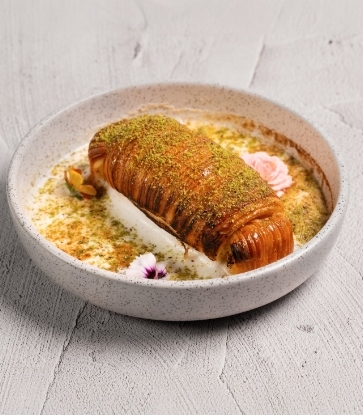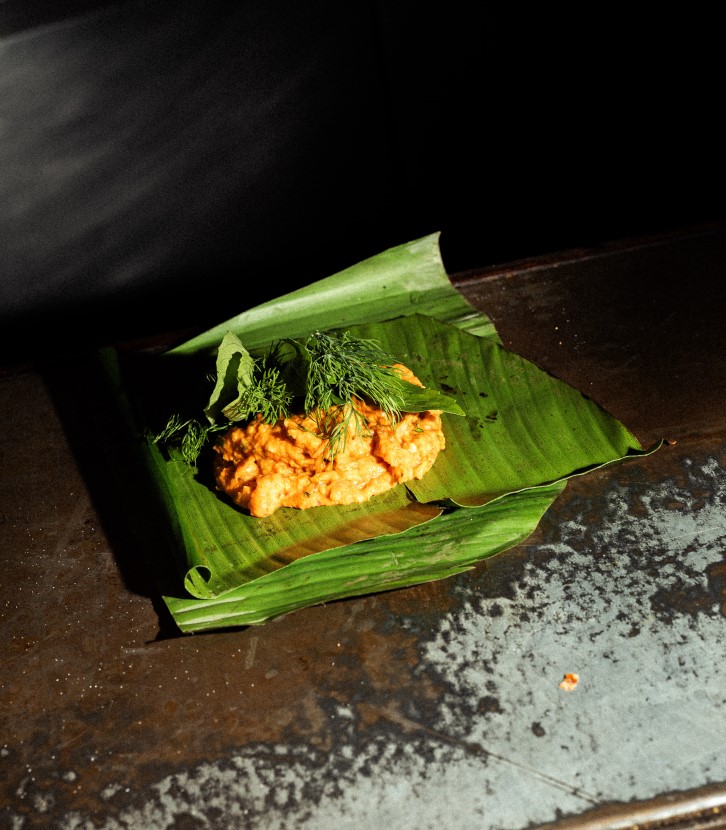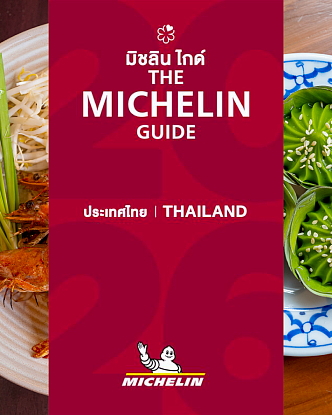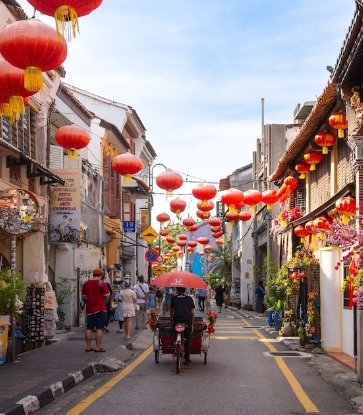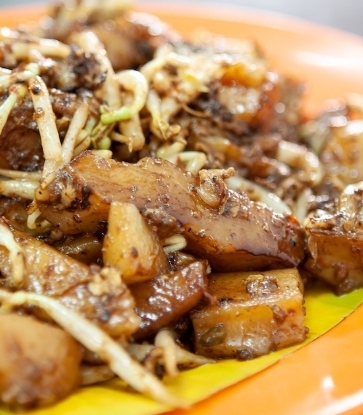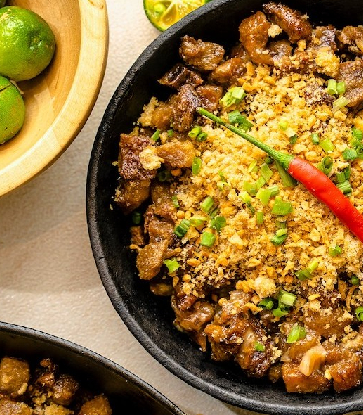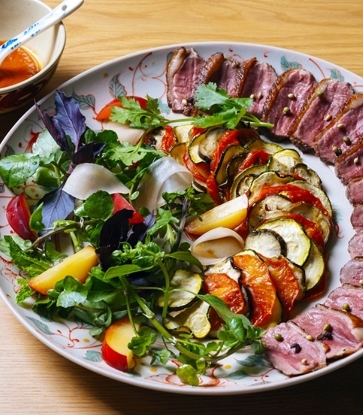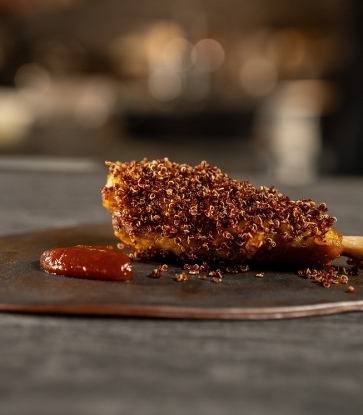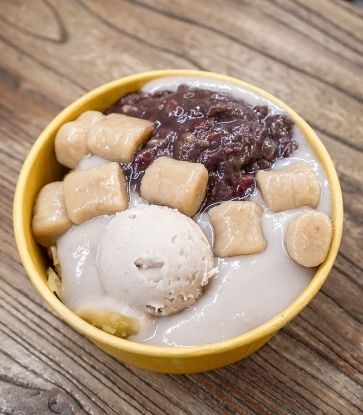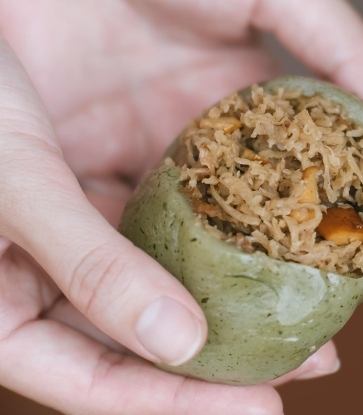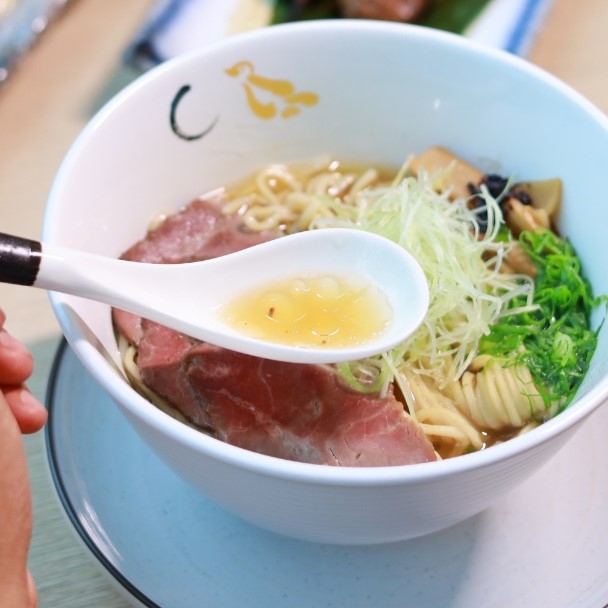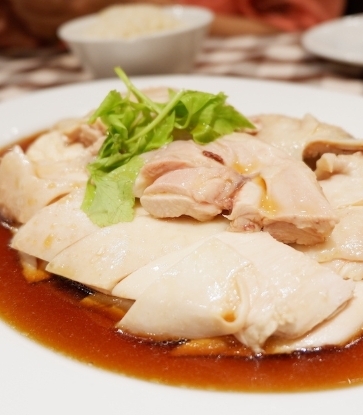Hakka directly translates to “guest people.” The Chinese ethnic group is defined not by a province but by an identity shaped by centuries of generational migration. While the word “guest” might allude to a sense of hospitality, in the case of the Hakkas, it reflects an outsider community constantly on the move. Landless, homeless and subject to constant relocation, Hakkas are known for their hardened resolve and resilience in adapting through tough times.
Descendants of Han Chinese ancestry, the Hakkas were originally displaced from northern China in the 4th century A.D., when warfare forced them out of Henan Province. They fled south and eventually underwent mass migrations that continued into the 19th century, settling in Malaysia, Singapore, Indonesia, Taiwan, India, the Caribbean and Canada.
Today, Hakka food is a powerful form of cultural preservation, standing testament to the soulful, resilient people who adapted humble, country flavors into a whole sub-section of Chinese cuisine, recognizable for its punchy flavors and heavy use of meat and vegetable preserves. The Hakka “traveling kitchen” is a common term in the community that refers to the carrying of their culinary traditions, spreading Hakka flavors far and wide. For Hakkas, the ingredients are mobile, modular and grounded in the idea that home can be made wherever there is a fire, a wok and a will to carry on.
Here are some prominent Hakka dishes commonly found in Kuala Lumpur.
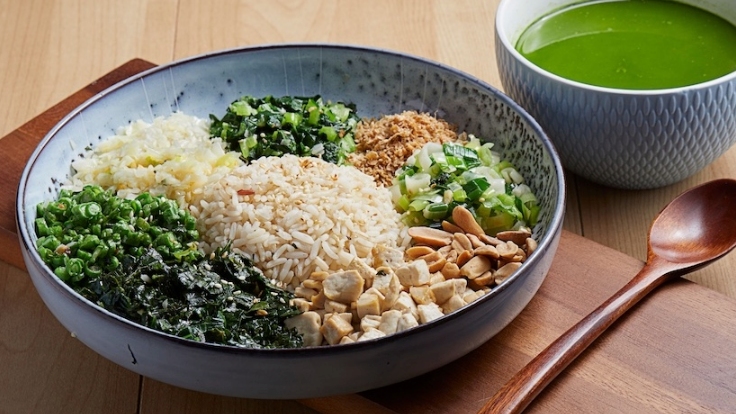
Lei Cha: A Bowl of Healing and Heritage
Lei cha, also known as “thunder tea rice,” is a dish from the Ho Po clan, a subgroup of Hakkas. The dish takes its name from the rhythmic pounding and grinding of its signature tea paste, made with green tea leaves, roasted peanuts, sesame seeds and fresh herbs — traditionally using a pestle made from a guava tree branch and a large textured clay bowl.
The coarse tea paste is steeped in hot water to create a herbaceous, vibrant green-colored tea soup that's typically poured over warm rice and a medley of finely chopped stir-fried vegetables such as long beans, leeks, Chinese mustard greens, Thai basil, celery and preserved radish.
According to legend, this dish dates back to A.D. 220 when the Three Kingdoms ruled China. It was used as a medicinal supplement to strengthen troops before war. Today, this labor-intensive dish has found renewed appeal as a wholesome, nutrient-rich meal celebrated not only for its health benefits but also for its symbolism of vitality and renewal.
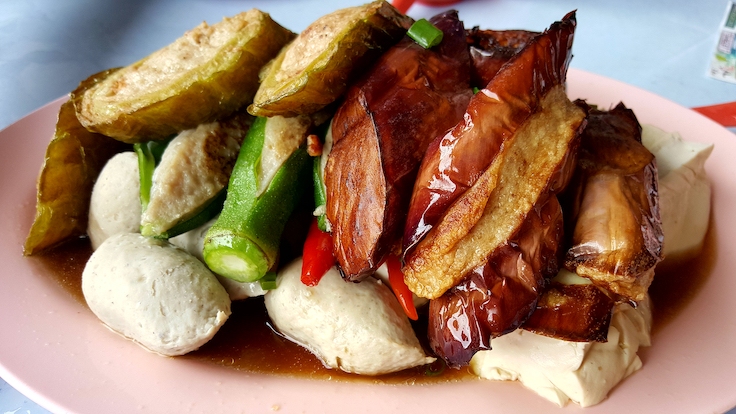
Yong Tau Foo: A Symbol of Adaptability
The name yong tau foo, which literally translates to “stuffed tofu,” was a dish born from a desire to recreate dumplings like those from their homeland in Northern China. When the Hakkas were forced to migrate south, they found themselves without access to wheat flour for dumpling skins and instead used tofu, stuffing it with seasoned minced meat or fish paste.
Today, yong tau foo has expanded beyond tofu alone — ingredients like bitter gourd, eggplant and tofu puffs are commonly used as vessels for the savory fillings. The stuffed pieces are often fried and then served in a light broth or soup, sometimes accompanied by rice or noodles.
In many Hakka restaurants today, yong tau fu is considered an essential menu item. In fact, it’s such a defining part of Hakka food culture that many within the community will question a restaurant’s authenticity if it doesn’t serve yong tau foo.
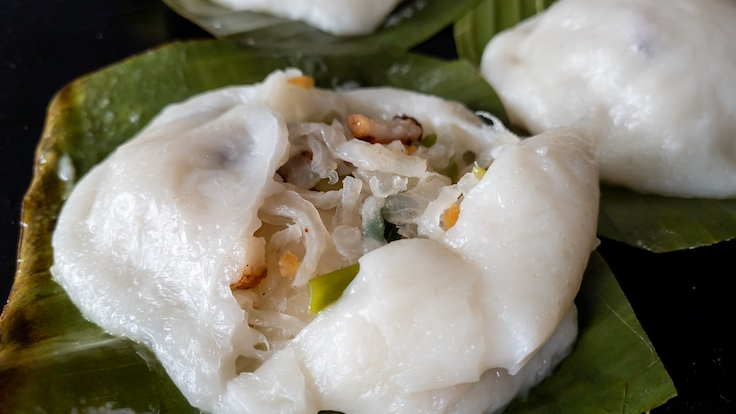
Choi Ban: A Humble, Hearty Dumpling
The word “ban” refers to steamed rice cakes, derived from a traditional Hakka cooking technique rooted in China’s central plains. One popular example is choi ban, a steamed dumpling with a delicate translucent skin and a generous filling of stewed vegetables with leeks or chives. The dough is traditionally hand-kneaded with hot water — a technique that demands skill and care. The result reflects the Hakka spirit: resourceful, resilient and rooted in heritage.
Traditional dumplings relied on wheat milling, but this method was adapted when the Hakkas migrated south where rice was abundant and wheat was scarce. In response, the Hakkas reimagined their staple doughs by grinding rice into fine flour — giving rise to the ban.
These humble rice-based ingredients played a key role in sustaining the Hakkas through long migrations and hard labor in mountainous terrains.
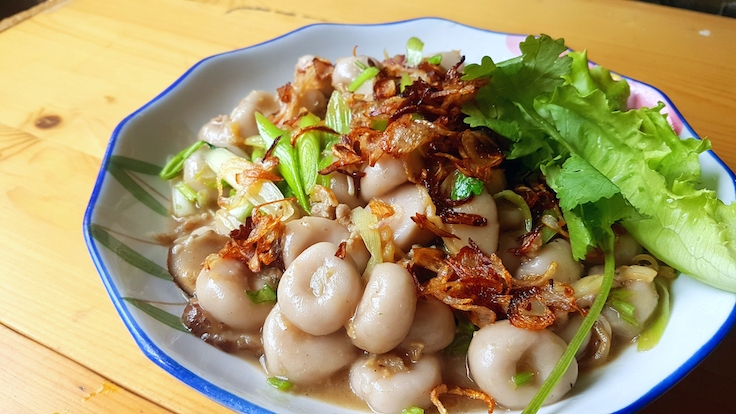
Abacus Beads: A Symbol of Wealth
A traditional Hakka dish with roots tracing back to the Song Dynasty, abacus beads are named for their resemblance to the beads of a Chinese abacus — a symbol of prosperity.
Often served during Chinese New Year, abacus beads are made from a blend of steamed taro and tapioca starch, hand-rolled into small discs and dimpled for their unmistakable appearance, then boiled in water. This process yields a chewy, toothsome texture akin to Italian gnocchi. The beads are then stir-fried with minced pork, shiitake mushrooms, dried squid and wood ear fungus.
Today, you don’t have to wait for a festive occasion to enjoy this dish — abacus beads are still lovingly prepared at most Hakka eateries.
Where to enjoy Hakka staples?
Tucked away along the winding roads of Segambut, Hor Poh Cuisine, awarded a Bib Gourmand in the 2025 MICHELIN Guide Kuala Lumpur & Penang selection, is as unassuming as it gets — with no frills and no flashy signage, just hearty home-style cooking. The restaurant has been humbly serving traditional Hakka fare for over 20 years, earning a loyal following through simple word-of-mouth.
The restaurant’s interior may feel bare, but the food speaks for itself, packing the space with lunch and dinner crowds daily. Every dish listed is served here with confidence and a whole lot of heart. Hor Poh’s lei cha goes beyond the classic mix of finely chopped greens, preserved radish and herbaceous tea soup — they also add signature touches like crispy fried beancurd skin for crunch and braised black-eyed peas for texture.
The menu also features comforting, home-style dishes — from stir-fried classics like Stir-Fried Four Heavenly Kings (eggplant, wing beans/okra, long beans and stink beans in a spicy sambal sauce) to one-plate wonders like sweet and sour pork ribs with rice, assam chicken and more.
Hakka cuisine has evolved over time, but at the heart of the food is a deep sense of community. Whether it’s the rhythmic chopping of vegetables for lei cha, the hand-folding of dumplings or the gathering of family to shape abacus beads, Hakka cooking is often a communal act — and a labor of love passed down through the generations.
Hor Poh Cuisine is located at 36 Jalan 6/38D, Taman Sri Sinar, Segambut, Kuala Lumpur, 52100, Malaysia.





